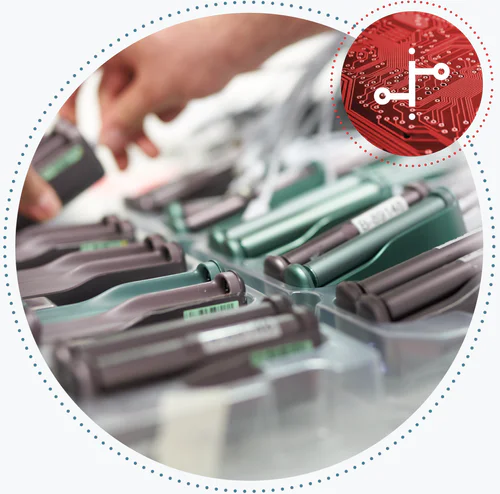How does PMI conduct its scientific assessments?
At each step of the scientific assessment approach, scientific rigor is applied during the generation of data that may support a claim that smoke-free products reduce exposure to harmful chemicals and present less risk of harm than continued smoking. A risk-based Quality Management System (QMS) has been conceived for smoke-free products to coordinate and guide activities with the aim of ensuring quality and integrity of the product during its complete lifecycle, from the conception through to commercialization.




